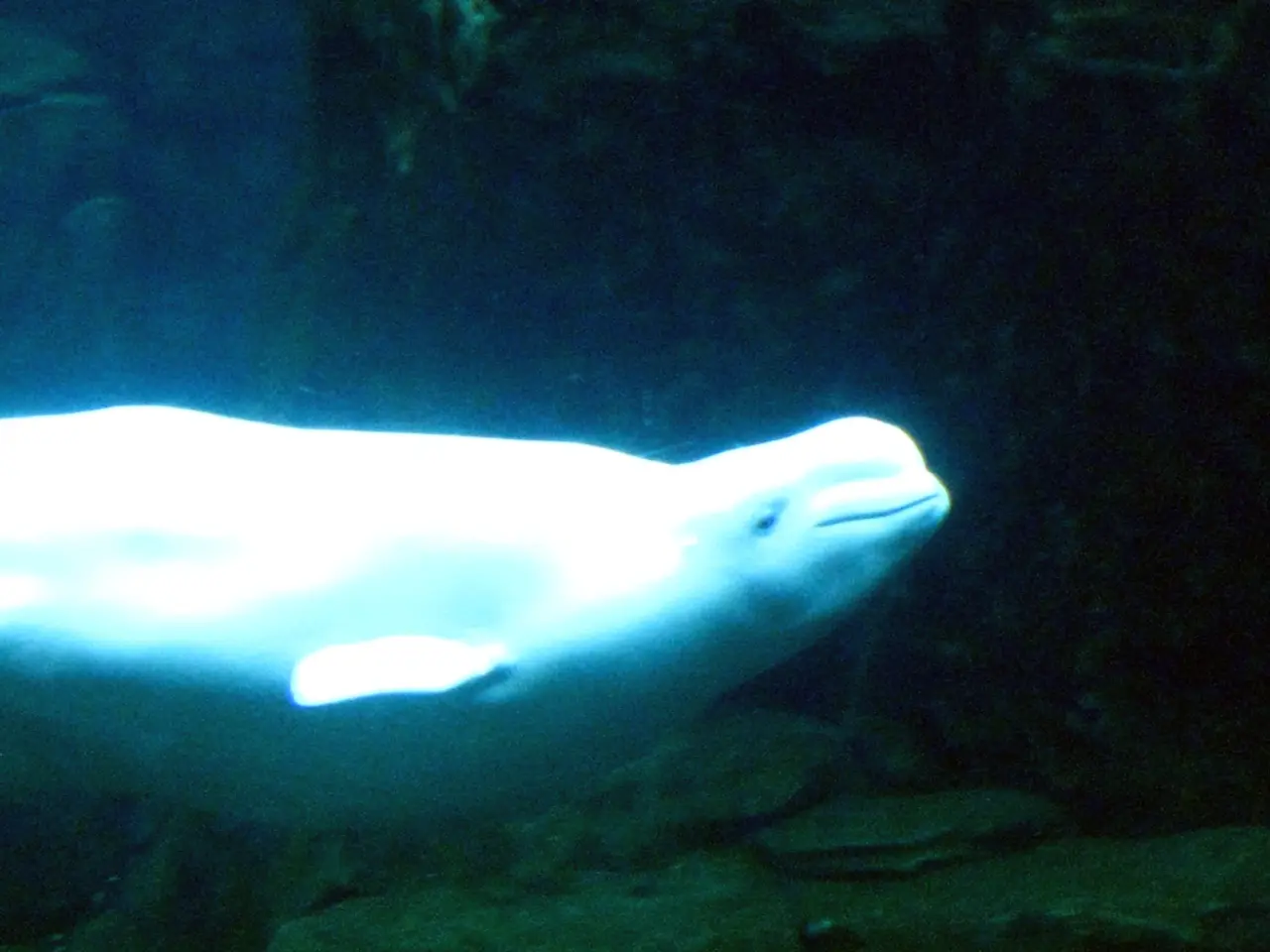Underwater Settings for Canon EOS R5 Camera
The Canon EOS R5, a popular camera among underwater photographers, comes with an underwater housing that lacks a directional pad (d-pad) on its joystick. However, this doesn't mean navigating the camera underwater is impossible.
Mastering the joystick's use is crucial, as it replaces the d-pad functionality. Users typically operate the joystick to move focus points and navigate menus underwater, even with diving gloves. The joystick is designed to be responsive and effective, making it a viable alternative.
To further compensate for the lack of a d-pad, several workarounds can be employed. Pre-setting camera configurations before the dive minimizes menu navigation underwater. Customizable buttons on the housing or camera can be assigned to frequently used functions, reducing dependence on the joystick. Planning shots and settings carefully on land ensures minimal adjustment is required underwater. If compatible, using external controls or remote systems designed for underwater housings can aid in camera operation.
Unfortunately, no specific alternative accessory officially adds a d-pad to the housing. Adapting to the joystick is, therefore, the common solution.
The Canon EOS R5 is equipped with several features that make underwater photography easier. For instance, turning off the AF Assist Beam in the AF2 panel saves battery life underwater. The AF mode can be set to AF tracking, AF spot, or expanded area AF, depending on the type of photos being taken and the shooting style.
The camera has three dials - two on top and one on the back - that can be used to control shutter speed, aperture, and ISO. The AF operation allows for continuous autofocus (AF Servo) or single autofocus (One Shot).
In video modes, utilizing the C1 to C3 modes is recommended to customize video frame rates, log profiles, etc., for easy switching between settings in quick-changing situations. The camera's main menu has every setting you could possibly want, but if you follow the steps above, you won't need to go into the menu very frequently.
The Q menu is important for general use of the camera and includes settings that are likely to be switched often during a dive. To make sure your camera is updated with the latest firmware, go to the yellow SET UP5 panel in the menu.
The Canon EOS R5 boasts impressive specifications, including 8K internal RAW recording, 45 megapixel still images, 4K video at 120 fps, and 5-axis in-body image-stabilization. The AF3 panel provides options for continuous autofocus and AF tracking. Recommended for underwater photography is Case 2, which ignores particles in the water and continues to track the subject.
To format your memory card, go to the Set UP1 yellow panel and select "format card." To set the movie recording format in the Q menu, select "movie rec. size," then select your recording size, frame rate, and file type. 4K video @ 120 fps needs to be set in the main menu.
The camera's subject detection in the AF1 panel can find fish faces and eyes 20-40% of the time when set to animals. The image quality on the Canon EOS R5 can be set to RAW, RAW + JPEG, or JPEG. The back dial of the Canon EOS R5 does not have a D-pad.
By understanding and employing these features and workarounds, underwater photographers can make the most of the Canon EOS R5's capabilities, even without a traditional d-pad.
- The joystick in the Canon EOS R5's underwater housing replaces the d-pad functionality, allowing users to move focus points and navigate menus underwater.
- Several workarounds can compensate for the lack of a d-pad, such as pre-setting camera configurations, using customizable buttons, and planning shots carefully on land.
- External controls or remote systems designed for underwater housings can aid in camera operation, but no specific accessory officially adds a d-pad to the housing.
- Underwater photographers can set the AF mode to AF tracking, AF spot, or expanded area AF in the AF2 panel, depending on the type of photos being taken.
- The Canon EOS R5's Q menu is important for general use during a dive, as it includes settings that are likely to be switched often.
- In video modes, utilizing the C1 to C3 modes for customizing video frame rates and log profiles can aid in easy switching between settings in quick-changing situations.
- The Canon EOS R5's AF subject detection in the AF1 panel can find fish faces and eyes 20-40% of the time when set to animals, helping underwater photographers capture stunning macro shots using technology like strobe lighting.




